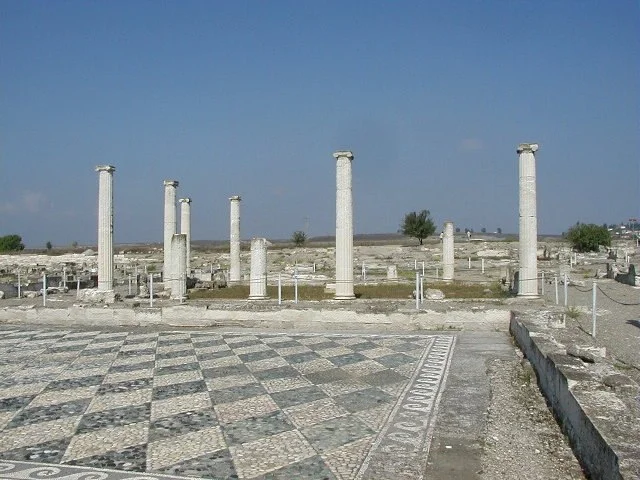Pella, the ancient capital of Macedonia, holds a significant place in history and archaeology. Known for its association with Alexander the Great and King Philip II, it served as a political and cultural center in ancient Greece. Located in northern Greece, near modern-day Thessaloniki, Pella provides valuable insights into the Macedonian kingdom during the Classical and Hellenistic periods.
Get your dose of History via Email
Historical Background
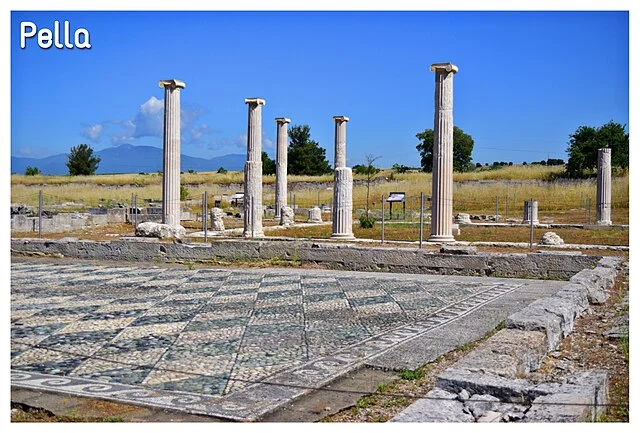
Pella became the capital of Macedonia under King Archelaus I in the late 5th century BC. He shifted the capital from Aegae (modern Vergina) to Pella to improve administrative efficiency and trade access. The city’s strategic location near the Thermaic Gulf allowed it to thrive as a hub for commerce and governance.
Under King Philip II (359–336 BC), Pella reached its zenith. He expanded the city and fortified its infrastructure. During this time, the city became a major cultural and military center. Alexander the Great was born in Pella in 356 BC, solidifying its historical importance.
Urban Planning and Architecture
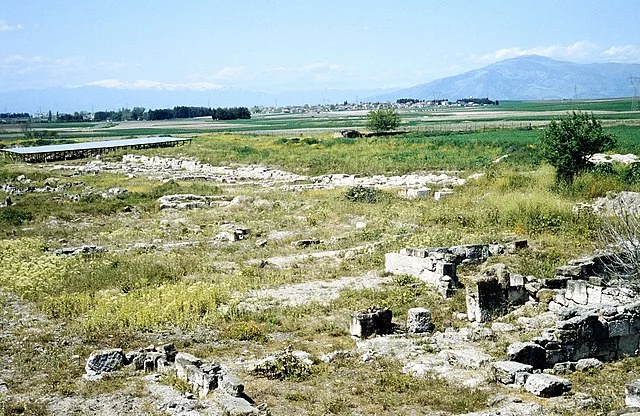
Pella featured advanced urban planning. The city was laid out in a grid pattern, following the Hippodamian system. Wide streets and well-organized blocks exemplified careful city planning. Public buildings, palaces, and private homes showcased impressive architectural designs.
One of Pella’s most notable features was its large agora, which served as a central marketplace and administrative hub. Surrounding the agora were various public buildings, including temples, administrative offices, and shops.
The city’s wealth and cultural achievements were evident in its luxurious private residences. Many houses featured elaborate pebble mosaics depicting mythological and natural scenes. These mosaics, often found in dining rooms, demonstrated the artistry of the period.
Archaeological Discoveries
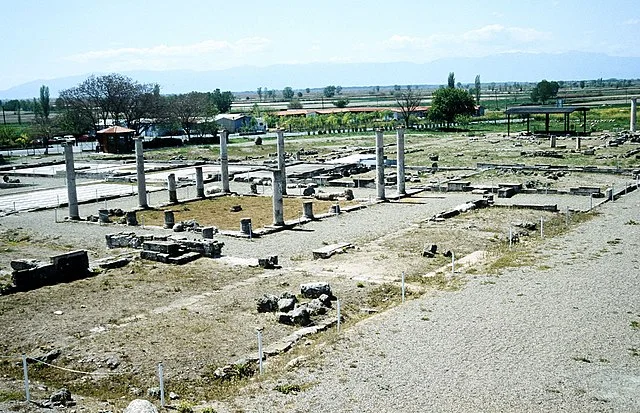
Excavations at Pella began in the 20th century and have uncovered a wealth of artifacts. Archaeologists discovered the remains of the palace complex, the agora, and private homes. The mosaics found in the houses are among the most celebrated findings. Examples include depictions of the abduction of Helen and hunting scenes.
In 2006, a Macedonian tomb was discovered near Pella. This tomb contained inscriptions and grave goods, providing further insights into Macedonian burial practices. Additionally, researchers found inscriptions written in an early form of the Greek alphabet, shedding light on the region’s language and literacy.
Decline of Pella
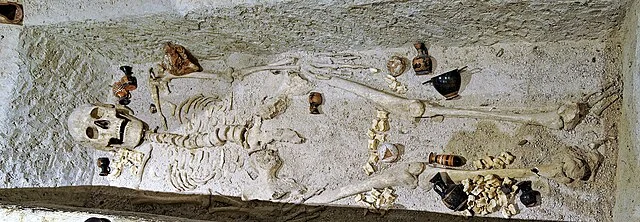
Pella’s decline began after the Roman conquest of Macedonia in 168 BC. The city suffered damage during the Roman campaign and lost its political significance. Earthquakes and changes in trade routes further contributed to its downfall. By the early Byzantine period, Pella was largely abandoned.
Pella Today
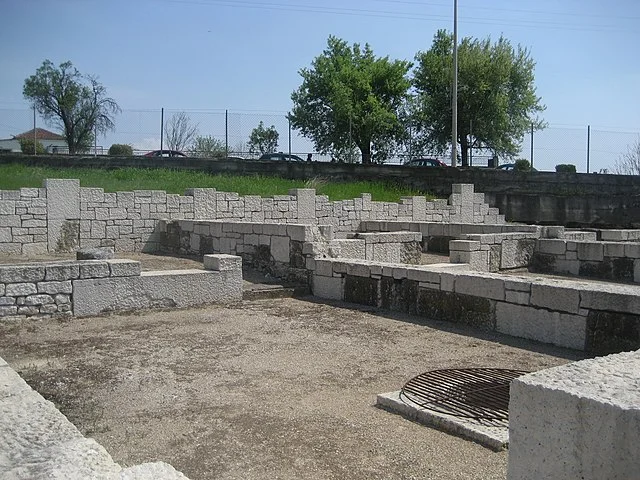
Today, Pella is an important archaeological site and tourist destination. Visitors can explore the ancient ruins, including the agora, residential areas, and palace remains. The Archaeological Museum of Pella displays many artifacts from the site, including pottery, jewelry, and mosaics.
Conclusion
Pella played a crucial role in ancient Macedonia as a political, cultural, and economic center. Its advanced urban planning and artistic achievements reflect the kingdom’s sophistication. Ongoing archaeological research continues to uncover new details about Pella’s history, enriching our understanding of ancient Greek and Macedonian civilizations.
Source:

